Bolivia
Bolivia’s backyard is one of the most beautiful places I’ve ever visited to indulge in my travel photography and adventures. The adventure going forward was going to be like no other, documented over the course of five days of travel from La Paz, Bolivia’s capital, to San Pedro, Chile’s northern resort town and home to […]
Bolivia’s backyard is one of the most beautiful places I’ve ever visited to indulge in my travel photography and adventures.
The adventure going forward was going to be like no other, documented over the course of five days of travel from La Paz, Bolivia’s capital, to San Pedro, Chile’s northern resort town and home to the Atacama Desert. Before this leg of the trip, I had to say goodbye to my amazing traveling companion, correspondent, and friend, AJ. For the next 15 days I would be going solo.
The first day was all about movement. From La Paz I took a bus to the Carnival city of Oruro (by the way, if you want to see Carnival in South America, many travelers recommend Oruro’s over Brazil’s). Now I’ve been wanting to visit Oruro specifically ever since I first read about it. The trains’ highly irregular schedules were a bit of a pain, but since I love trains and traveling via rail, I could deal with the slight hassle. You may know this but the rail system doesn’t go any further north from here; what this means is it’s the beginning (or the end depending on how you look at it) of a lot of people’s trips out of Bolivia. This was a familiar sight for me: friends and family saying their good-byes before boarding and looking at each other longingly while the carriage moves away into the distance. It’s not unlike what you see and experience at an airport terminal; strong emotions blanket the scene of arrivals and departures. This train’s last stop would be at the Bolivian-Argentinian border. A big thank you to amigo, Sergio, for swapping seats with me. These photos would not have been possible if not for him. It was time to sit back, take photos, and read a book because it was going to be another 6 1/2 hours to Uyuni. At the Uyuni stop, I had a few scary encounters with my baggage being mistakenly marked for Villazon and arriving on my own in Uyuni while it was absolutely pitch-black out. I spent the night at Pierda Blanca Backpackers: $8, English speaking, shared accommodations, hot showers, and breakfast—recommended!
In the morning, I learned about two tourist train tours that must be on your to-do list: one being a tour from Uyuni to Lake Titicaca which runs every second Saturday of every month (it’s $4 and that includes a return trip) and the second being a trip from Cusco to Puni via PeruRail to tour an old restored steamer that used to be in the Peruvian navy. If you’re able to get up early (well, not too early, most tours don’t leave until 10:00am) you can find yourself a salt flats tour leaving from Uyuni. The really good ones may be booked well in advance but feel free to take a chance with it.
Uyuni is a small desert city that lies southwest of Bolivia. It was built for the extraction of its raw materials (e.g. salt) which are transported via train to the Pacific coast. Tourists flock to the streets here ready to visit Salar de Uyuni, the largest salt flats in the world. The real adventure is experienced when tours take you on 3 to 4-hour drives south to the Chilean border and along the way you experience some of the world’s most majestic wildlife and vivid landscapes.
Day One started with a luxurious 4×4 ride to Salar de Uyuni where we got the chance to lick salt off a building. Kinda.
I couldn’t believe how comfortable the ride was in this Lexus LX450. Bombing it down an unpaved road with 4 Australians, it was almost as though we were sitting on a marshmallow. The first stop was the Train Cemetery, an open field museum of trains that had been abandoned in the 1940’s when the mining industry collapsed. Along the way to Salar de Uyuni, we passed through salt processing plants and salt piles to finally arrive at a Palacio de Sal where it was time for lunch. A warning to all visitors: In the new hotel, as in the old one, there is a rule prohibiting licking the walls (in order to prevent their degradation)—*chuckle. As well, if you’re a magnet buff like I am, pick one up while in Uyuni; they’re made from salt, no joke.
Many parts of South America suffer from an abundance of rainfall during January and February. Today was no different as we received reports of heavy rainwater patches further west along the salt flats. We, along with every other tour company present, would have to back track and take another route due south. Unfortunately, this meant I couldn’t capture any interesting reflection shots or visit the Isla Incahasi (Fish Island). We stayed the night outside Villa Alto in a little, run-down hostel. Because of our situation we had no other, but the evening proved to be something different: heavy clouds covered the sky as sunlight spilled across the horizon. Lights flashed from all corners of our eyes as we were hit with loud thunder and pouring rain. It was quite the sight.
Sometimes you’ll never know if you’ll hit it off with a bunch of strangers. In my experience, the social dynamics between strangers can often be a toss up between crazy or just plain weird. My 4 companions were all right though—great characters to be around who were easy to relate to—we all bonded happily, sharing stories throughout the night.
Day Two: Lots of ground covered with laguna after laguna—everywhere. Ollague Volcano, Altiplanics Lagoon, Los Flamencos, Siloli Desert with the Stone Tree and Arbol de Piedra, and Laguna Colorada.
The car covered most of our mileage today as we drove through and around lagunas and valleys, and got trapped along narrow roads surrounded by rock cliffs, only to emerge in the middle of a desert. Acclimatizing to all of these geographical locations was definitely different and I don’t know if there’s any place as diverse as this in the rest of the world.
A few things we saw along the way : the Ollague Volcano in the distance, Siloli Desert with the famous Stone Tree (Arbol de Piedra) formed over the years from strong winds, and the largest and most distinct red-hued Laguna Colorada. Just when we arrived it started to pour hard and not just rain, but hail. The flamingos huddled together with their heads burrowed in the water. I wasn’t expecting that.
Day Three had me at a stand still with the world’s most breathtaking landscape, Laguna Verde, with two active volcanoes, Licancabur and Lascar, scaling the border of Chile and Bolivia.
It was a cold 4:30am wake up with the first stop over at Fumaroles at the highest point of the trip at an altitude of 5,200m. This area is characterized by intense volcanic activity and the sulphur springs field (not geysers) full of hot mud lakes and steam pools. The mud latched onto our shoes, adding extra weight to each step. I kind of regretted getting out of the vehicle. In any case, we were all in need of a rest stop and where better to park than in an area with scenic views of laguna lakes? Despite the beauty that surrounded us, the stop near the Likamcabur and Lascar volcanoes gave us an incredibly fun (but stupid) reason to engage in a snowball fight. 8 snowballs and a few jogs around the car later, we all dropped to our knees in laughter (or exhaustion) from the lack of air (we weren’t sure which it was exactly).
From the immigration border in Bolivia we were all now in Chile and coasting to San Pedro. The descent took us from 5,200m down to 4,200m with a constant wide view of the highest and driest land in the world, the Atacama Dessert.
To be continued.

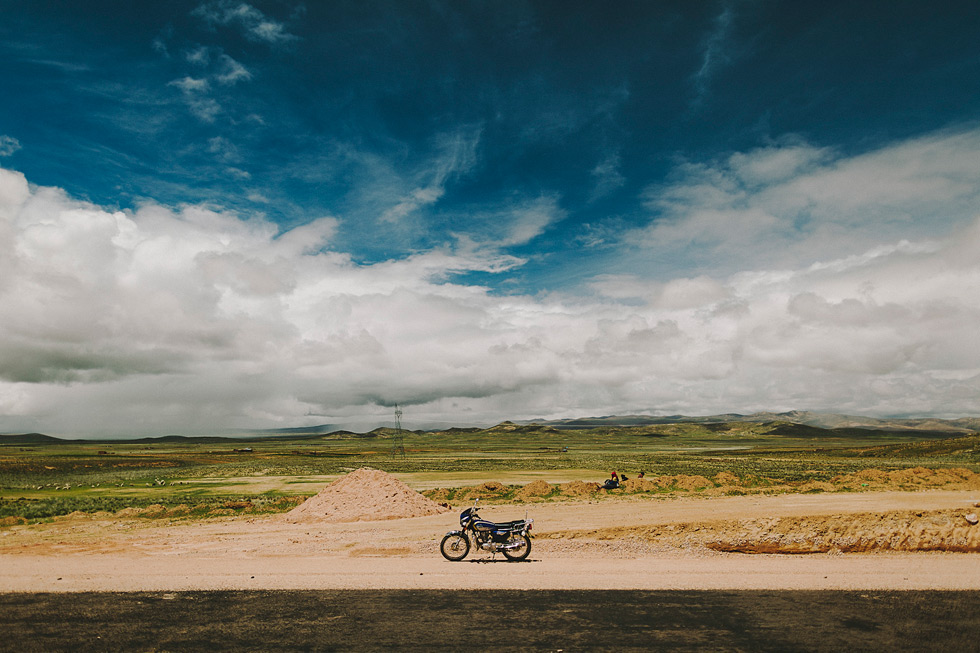


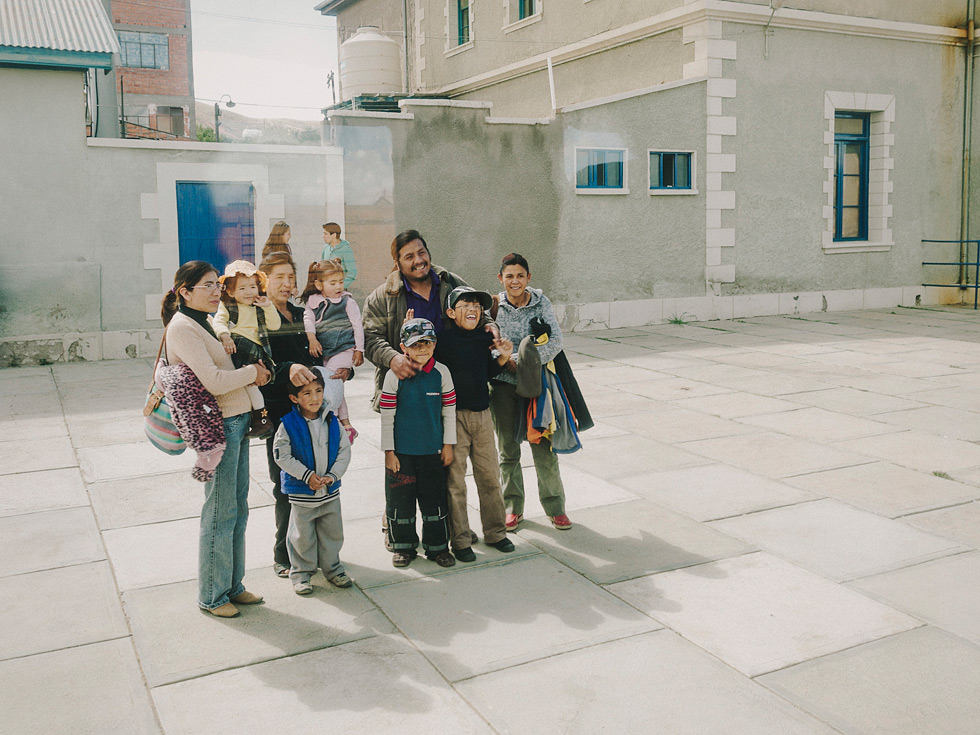






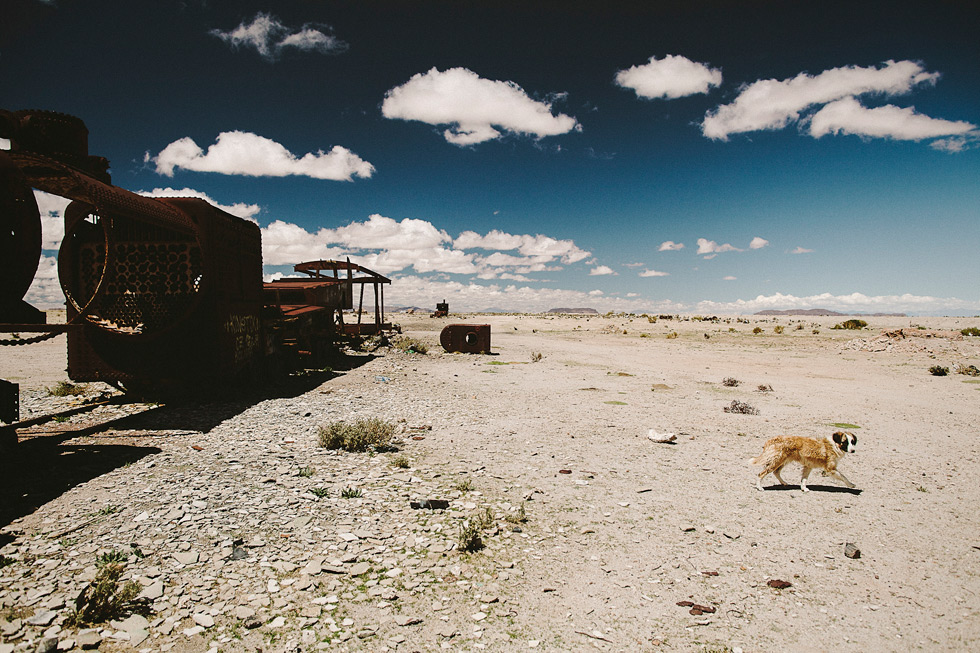



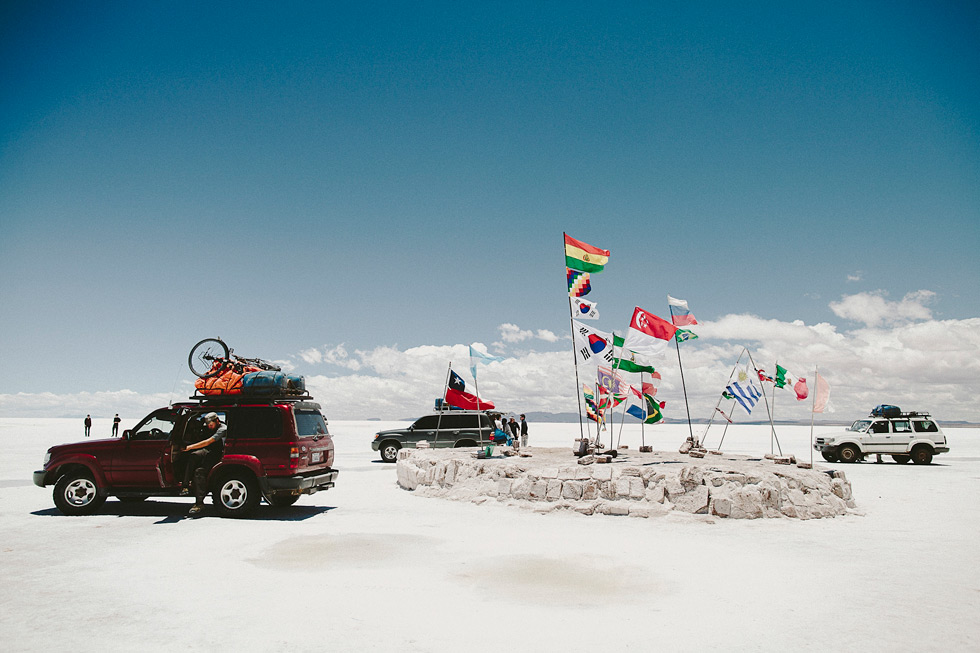
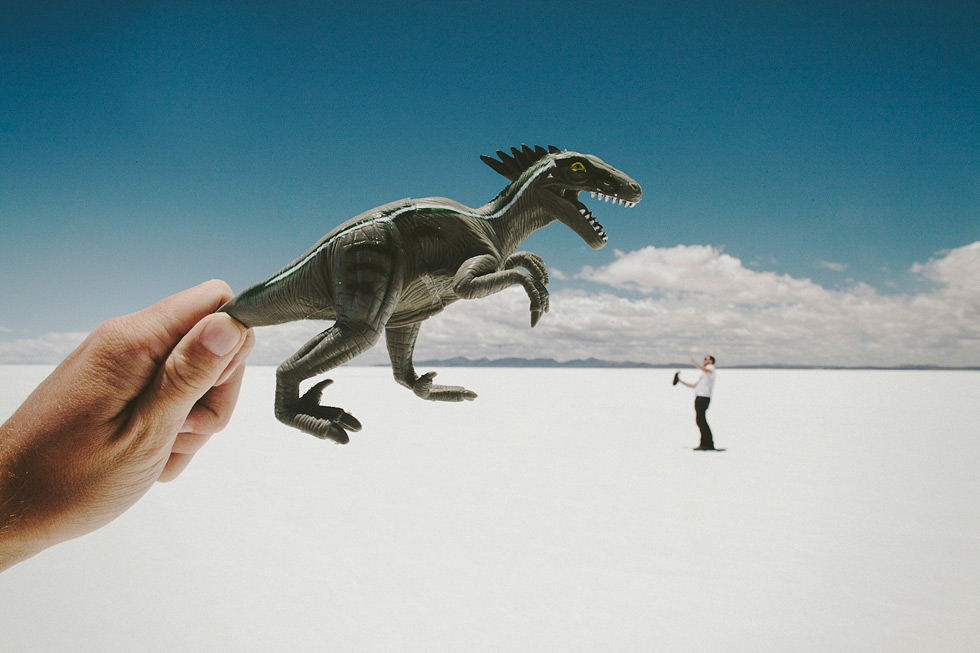

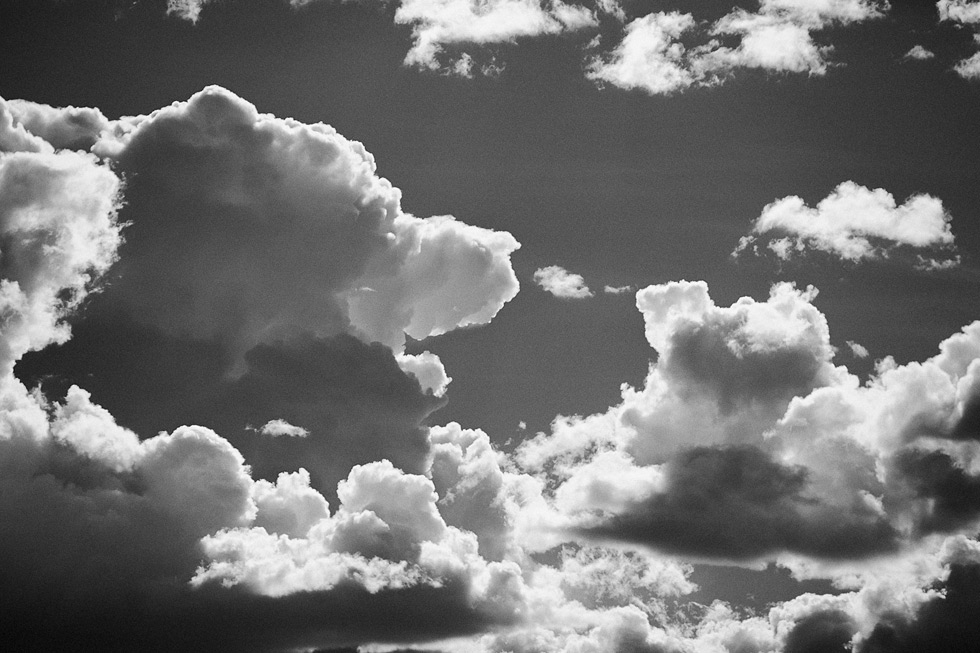


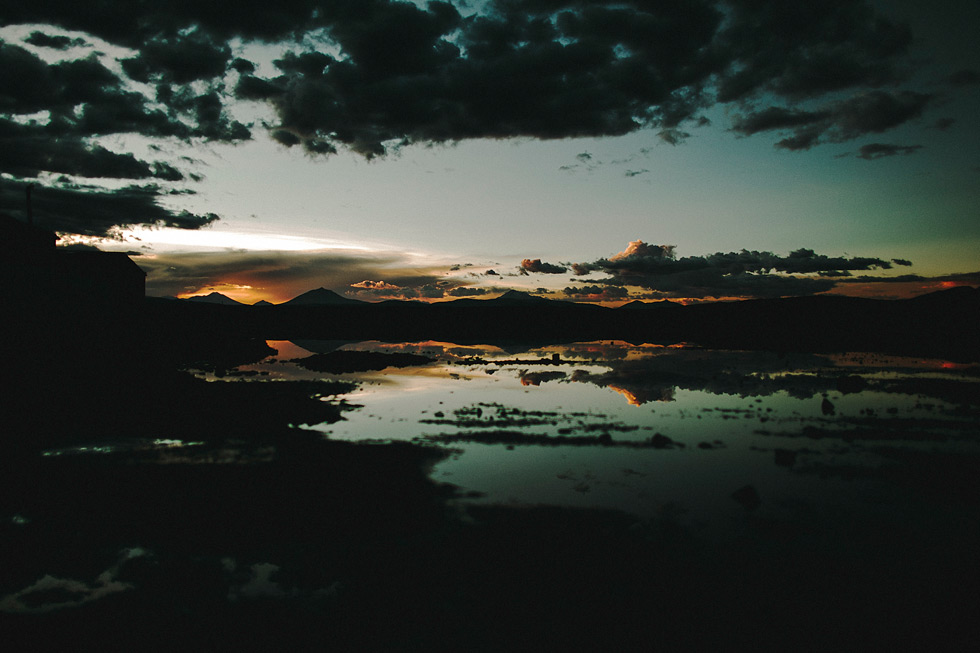

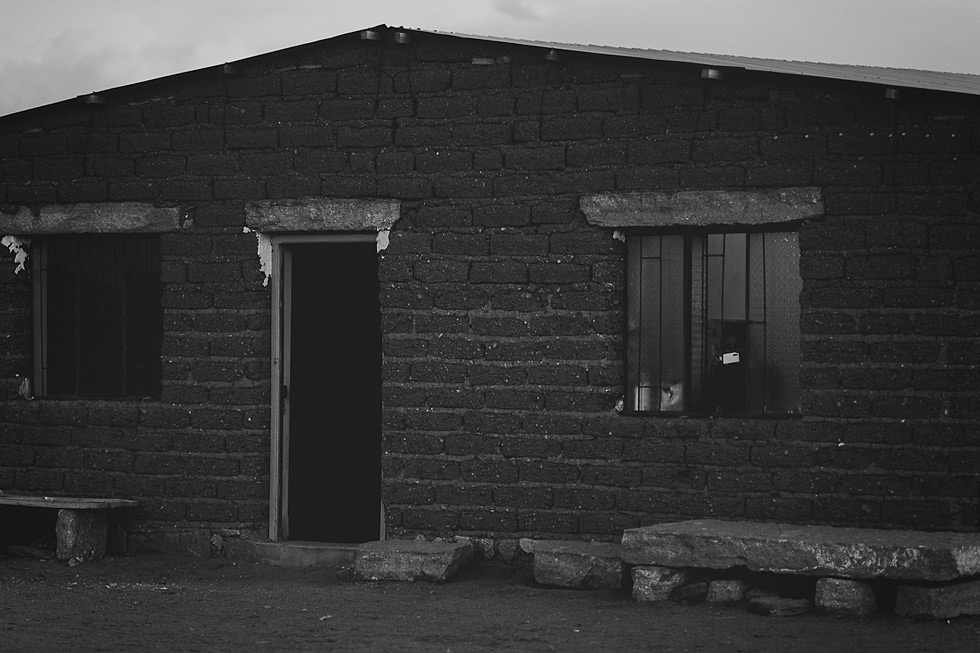


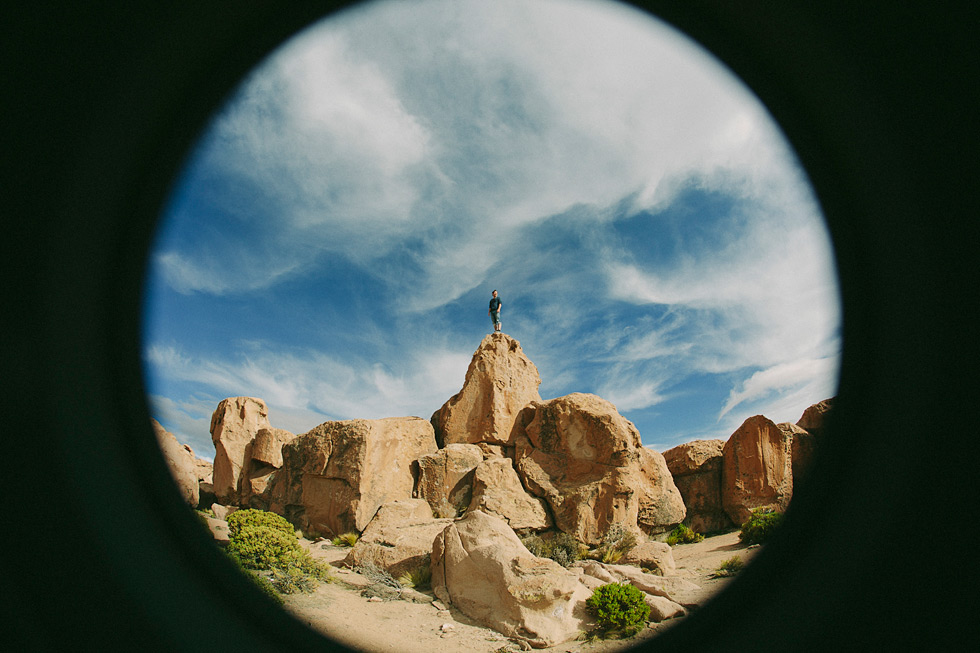

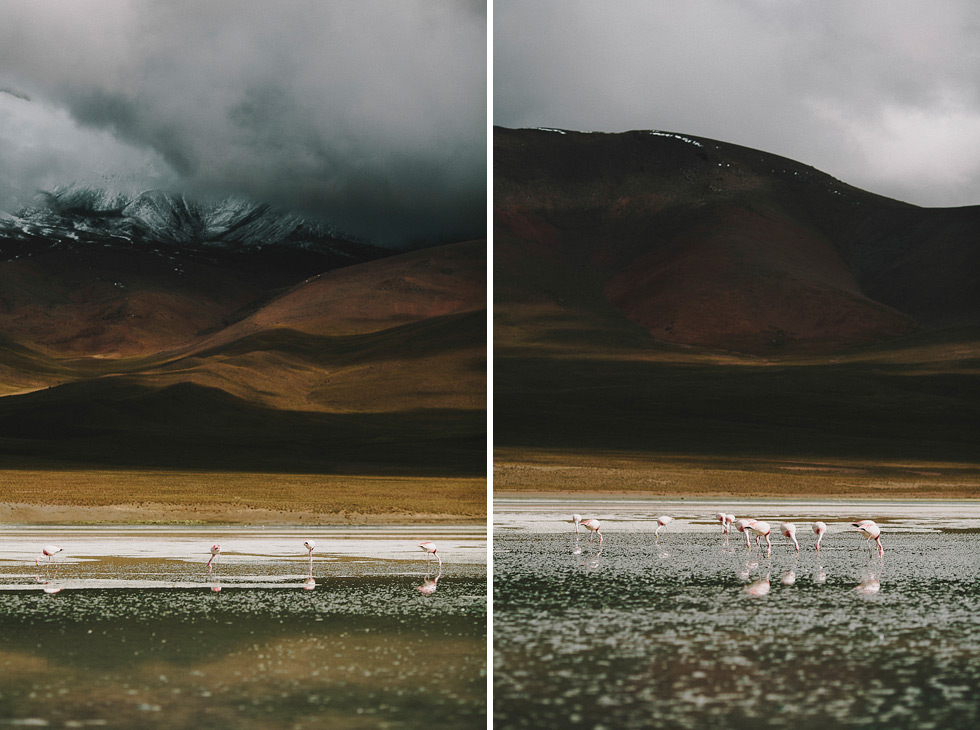
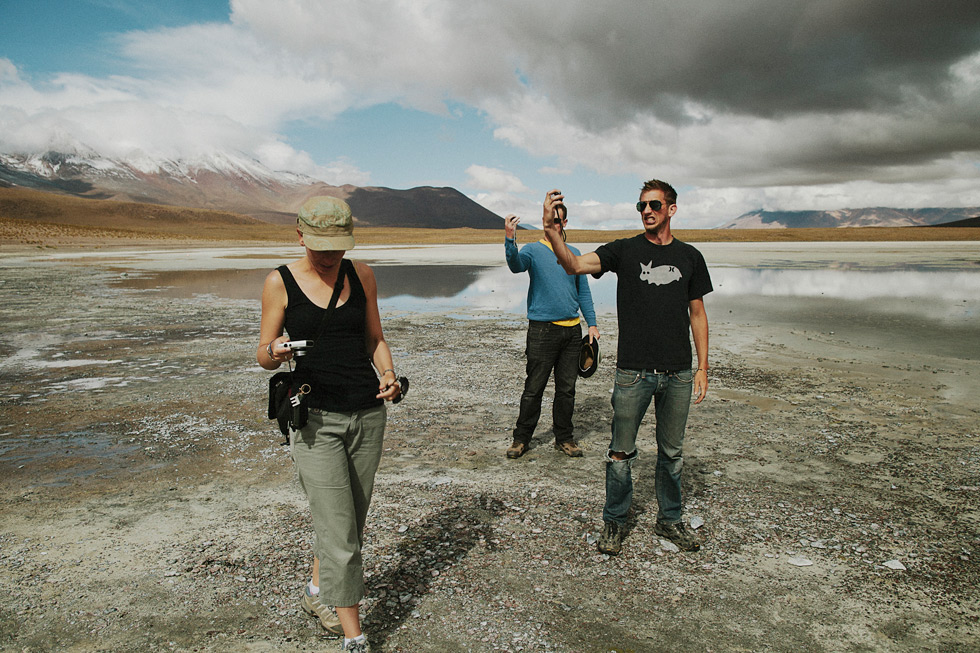
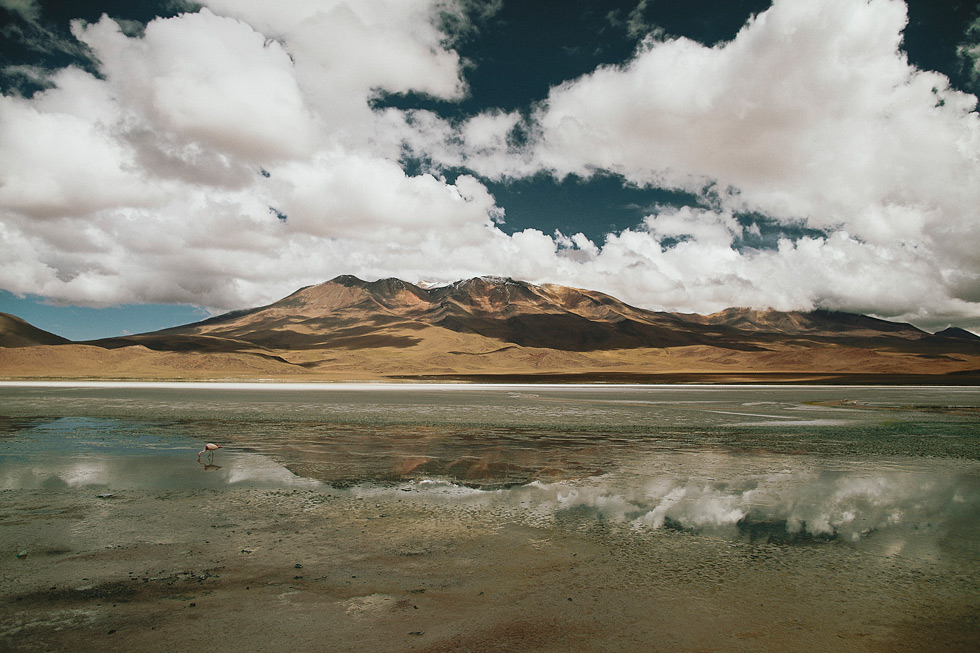


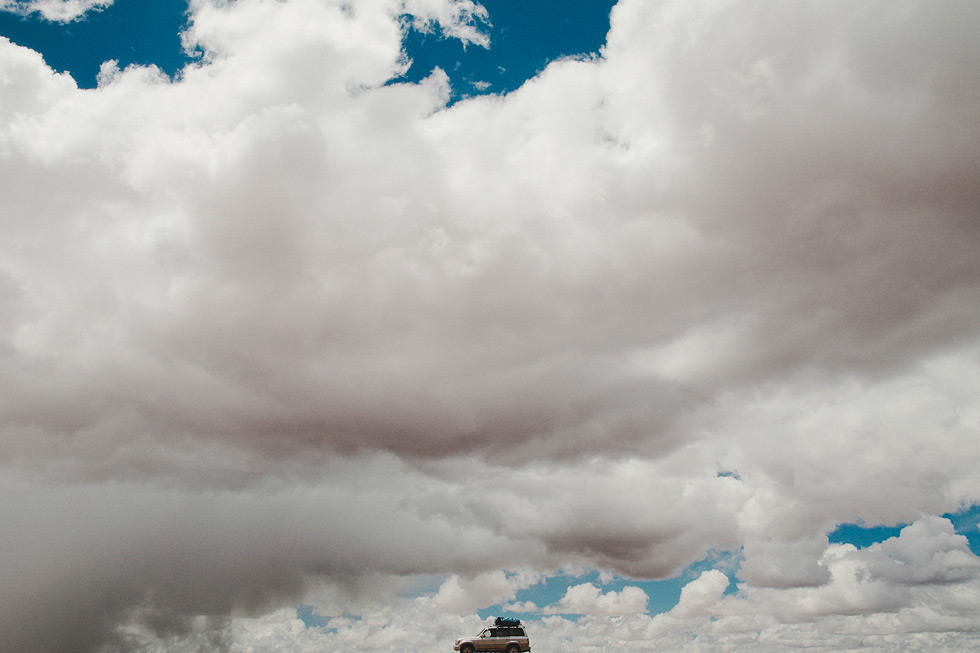
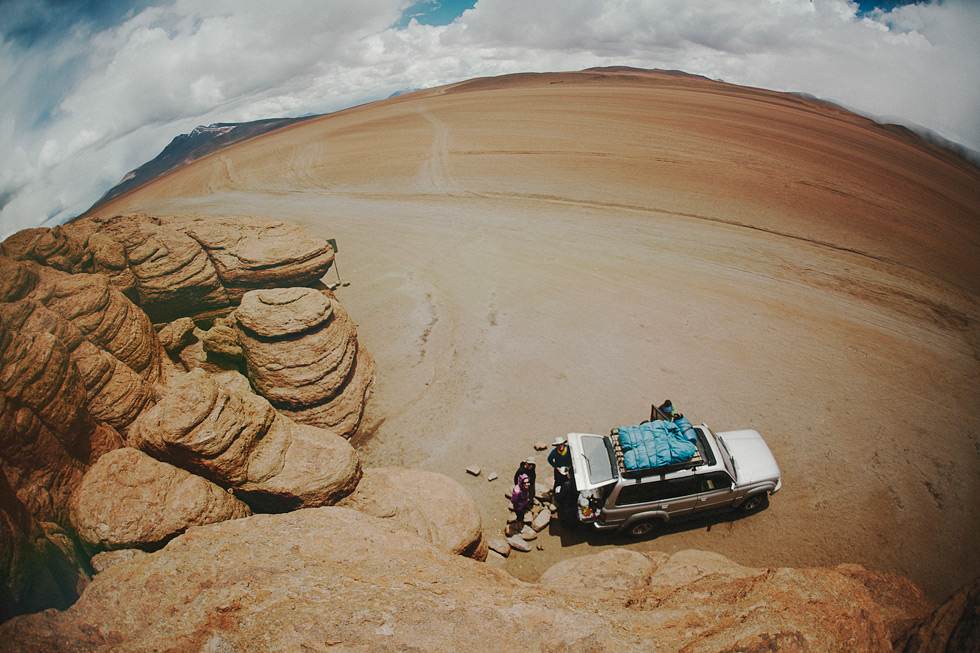


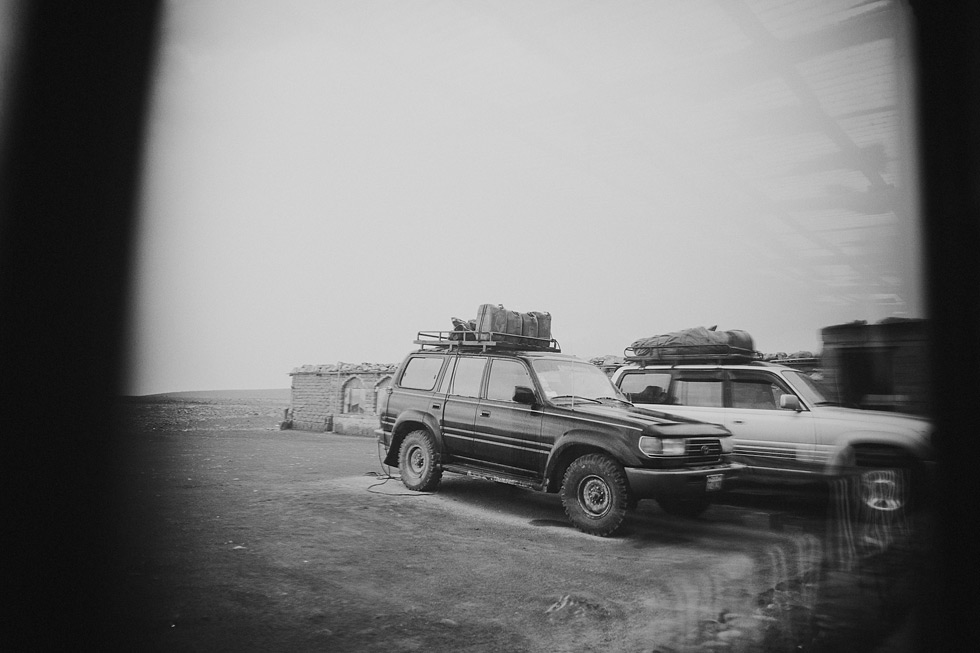
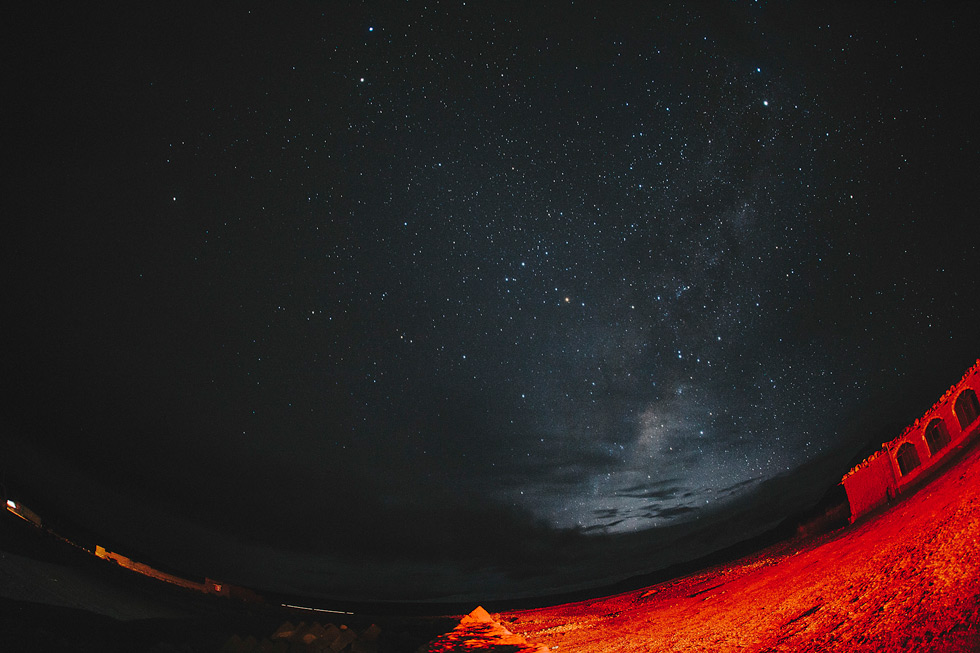

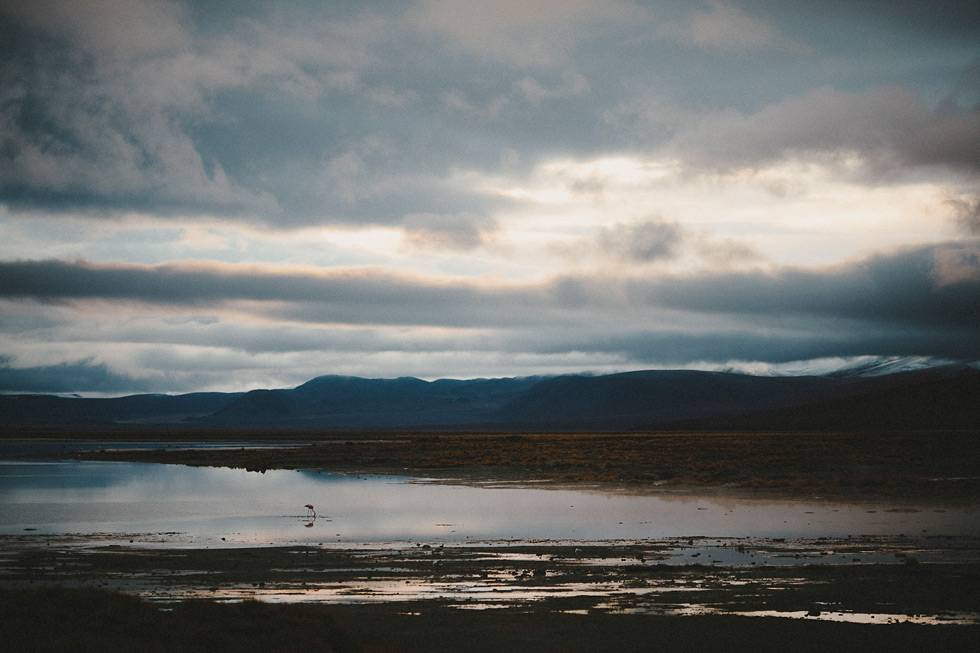

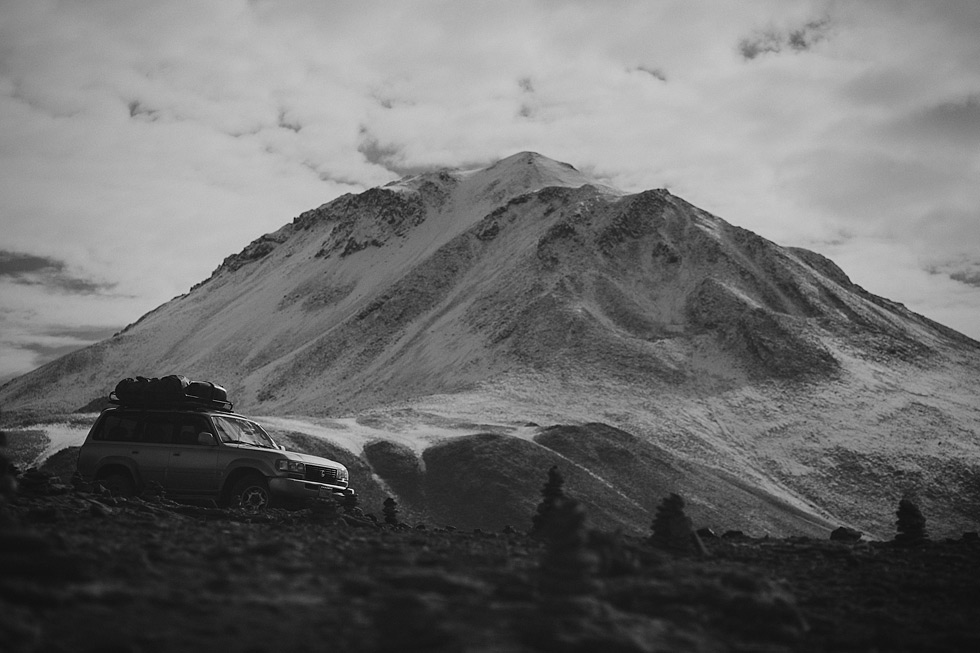


@ 2025 Tomasz Wagner Photo & Films, est. 2010
Tomasz Wagner is a wedding photographer
based on the West Coast, documenting celebrations worldwide